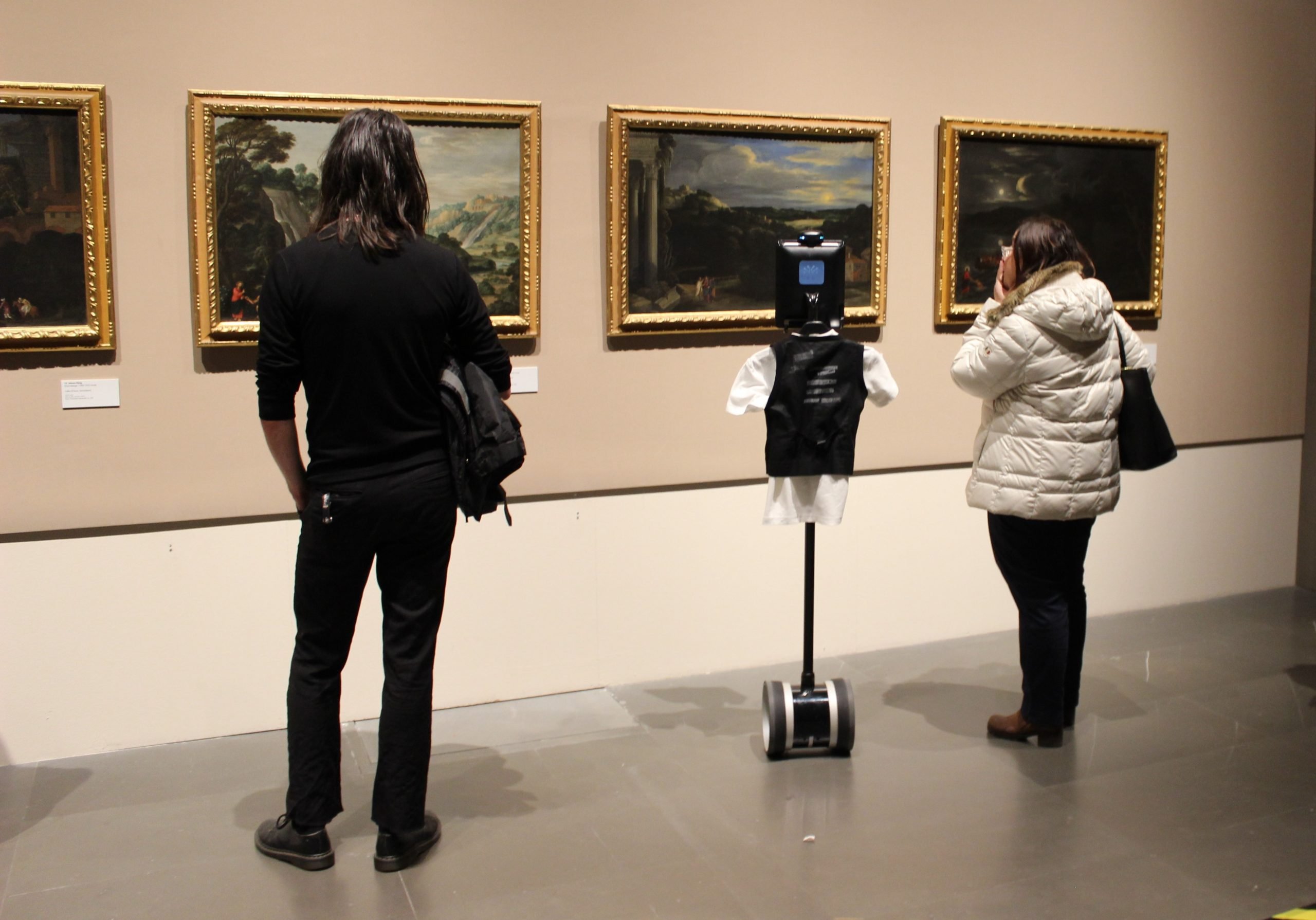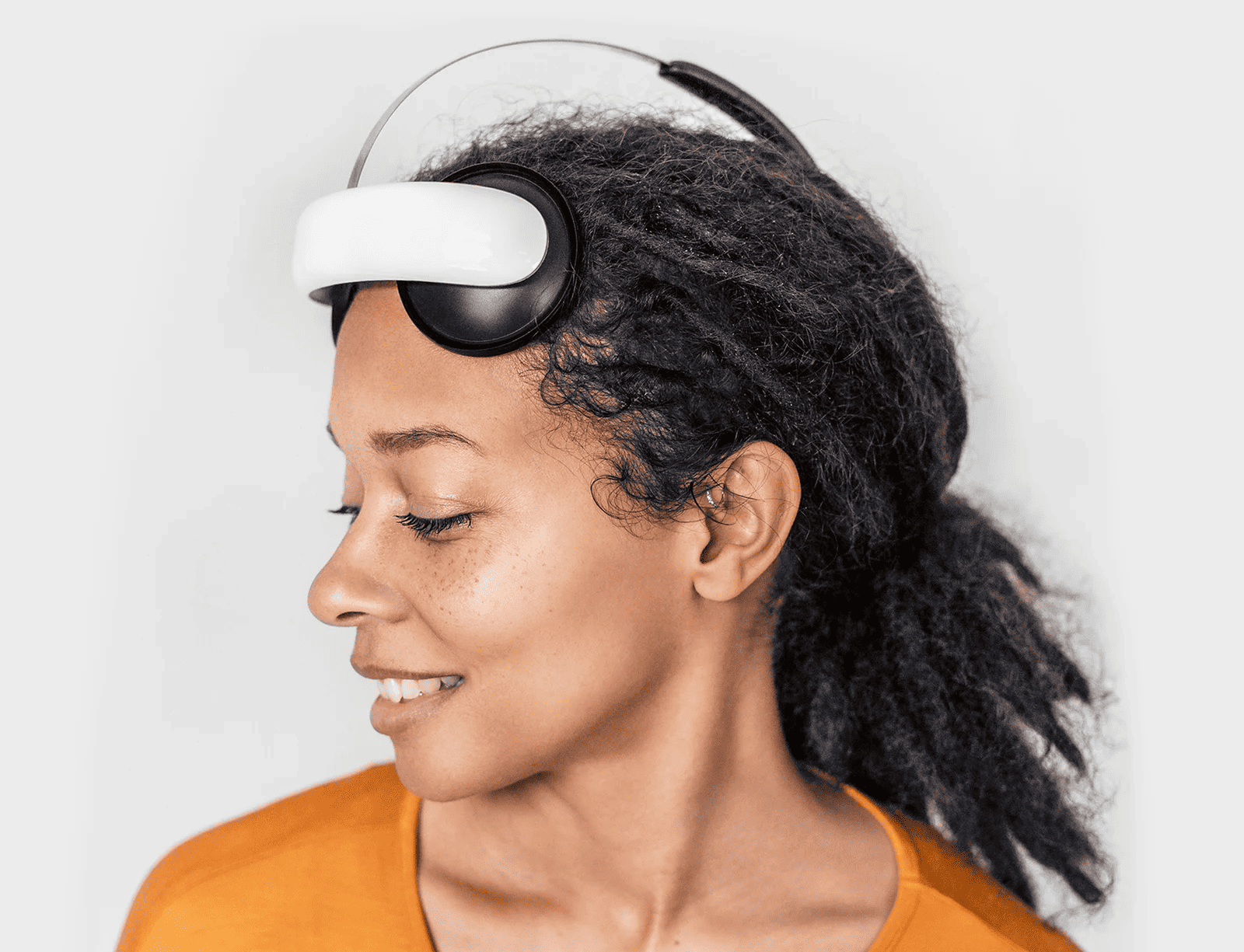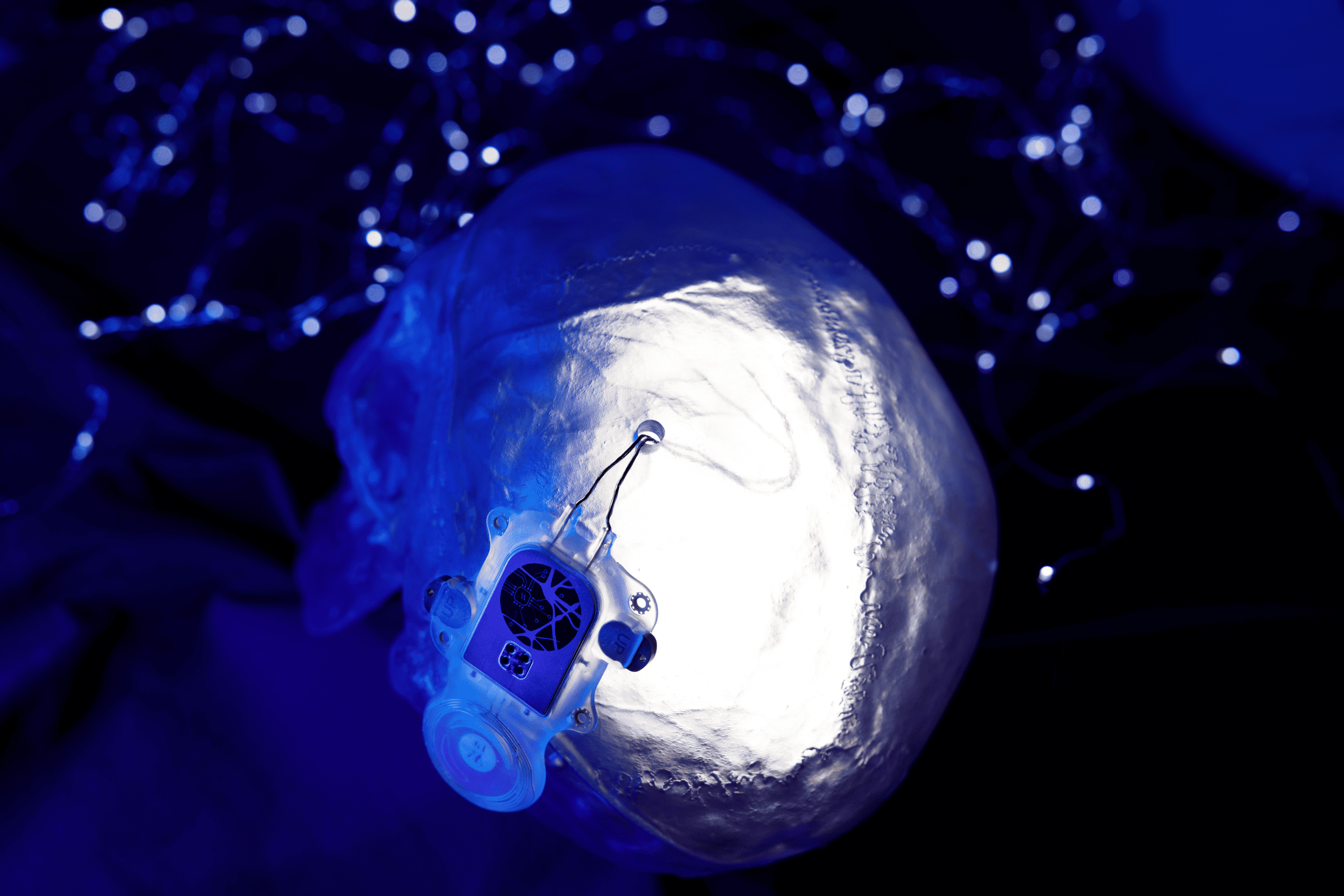
Strokes and traumatic brain injuries change the lives of those who suffer them forever. After experiencing such traumas, patients are affected by severe communication and mobility problems. In the most severe accidents, they can’t move their muscles voluntarily and communicate verbally or non-verbally. Yet, intellectual and cognitive skills stay intact in a number of cases, as the cerebral cortex can be activated with conscious thoughts.
BrainControl can interpret these thoughts, intercepting sent impulses using electroencephalographic sensors. The medical device – consisting of a tablet and a headset – allows physically incapacitated people to control their movements with their thoughts. In one of the first episodes of our start-up of the day series, we brought you the story of this company and its invention. While electroencephalography (ECG) is nothing new, their tool allows patients to communicate with a computer only using their brain activity.
Since our last interview, the company has expanded its product range. In addition to Braincontrol BCI (brain-computer interface), the company developed BrainControl Sensory and BrainControl Avatar – which all got class I medical certification. The Siena-headquartered company also launched BrainControl Smart, a digital platform with tests to assess cognitive aspects and visual skills. Alessandro Tozzo recently became the company’s managing director and took us through the latest developments.
How did you further develop your technology in the past years?
”We focused on the in-depth study of high-definition EEG signals. In doing so, we collaborated with institutes and research laboratories to create our own brain-computer interface (BCI) classifier, which applies Machine and Deep Learning algorithms to recognize thoughts. Becoming authoritative in the field of AI and Neuroscience is our goal. These technologies are the only way to create quality and long-lasting solutions.”
What is BrainControl Avatar?
“BrainControl Avatar is designed for people with impaired mobility and allows patients to visit installations, museums, exhibitions, and any event, from a distance. The patient commands a virtual robotic alter ego to adjust the audio, image, and height of the visual field. In addition, the monitor and the speakers allow the patient to be visible remotely. This way, one embodies the Avatar, facilitating the interaction with the environment and establishing a new and lively communication between the audience on site and the connected person.”
What is BrainControl Sensory?
“BrainControl Sensory addresses patients with residual voluntary movements of the body – eye movements, hand, and finger, to name a few. Thanks to a variety of sensors – including eye tracker, motion sensors, and mouse emulators – our device optimizes the patient’s residual movements to stimulate interaction with the outside world.”
How does BrainControl Smart work?
“BrainControl Smart is a platform that includes tests to assess cognitive aspects and visual skills. Furthermore, the platform includes exercises to structure a rehabilitation path. The clinician can use the standard tests and exercises available in the system and can also customize them and create new ones. At the end of each activity, the clinician receives a detailed report on the results of the single test/exercise.”

What are your future plans?
“Our R&D team is constantly looking for new solutions to improve the lives of people with disabilities. Nevertheless, it continues testing the currently available solutions to maximize their potential. I can state that the sphere of activity we are most interested in developing is diagnostics and rehabilitation.
In particular, we are focusing on giving doctors tools to combine more and more biofeedback to provide more complete data and define a diagnosis and rehabilitation pathway accordingly. We are working on a project (BrainControl Advanced) that will measure patients’ emotional state and consciousness. It is a solution designed especially for patients with LIS/CLIS – locked-in/completely locked-in syndrome. However, since it was developed according to the Universal Design concept, it can be used by any patient.”








